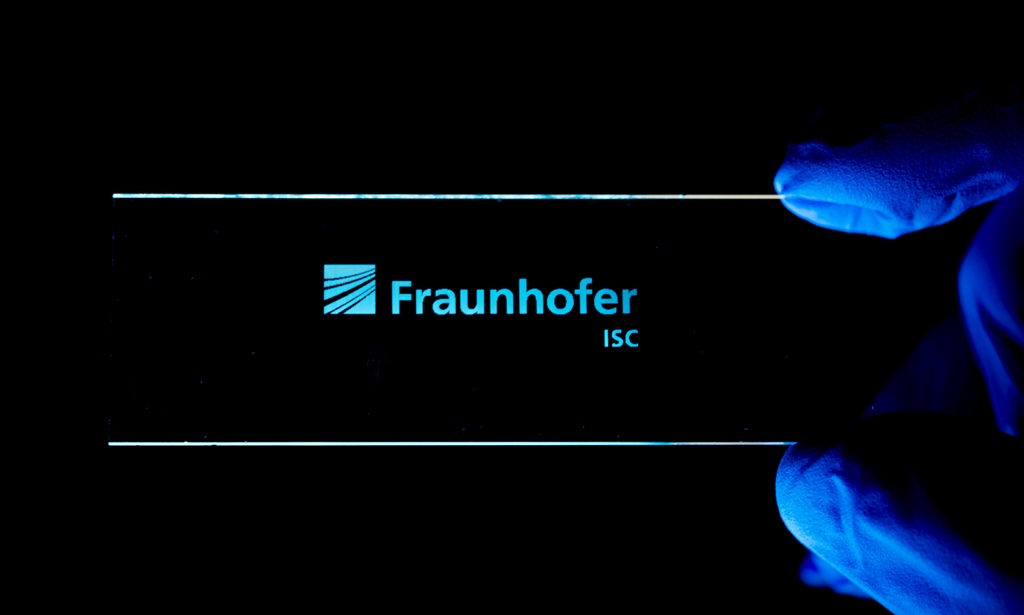Microoptics – A smarter and faster way to replicate complex freeform structures
As a true 3D lithography technology Two-Photon Polymerization (2PP) allows to fabricate arbitrarily shaped microstructures especially suited for innovative optical applications. Up to now the technology has not reached industrial scale due to its rather limited throughput level. Fraunhofer ISC pursues different strategies to accelerate the process. The Institute presents its R&D competencies and latest technologies for optical and microoptical applications at the German Pavilion on the Photonics West in San Francisco from 31 January to 2 February 2017.
As of today, the fabrication of larger structures or larger batches of optical elements via 2PP takes too much time for an industrial scale production: 3D structures have to be processed point-by-point and only a single tiny focal volume of focused femtosecond laser pulses is used to solidify the material. To overcome this throughput bottleneck, the Fraunhofer ISC is currently investigating new approaches, methods and materials.
To accelerate the fabrication process Fraunhofer ISC applies nanoimprint techniques to replicate 2D or 2.5D structures for volume manufacturing. In this case, 2PP is used to create the “master“ structure from which a Silicone cast is molded. This mold is then used to replicate the master structure into either the same polymer as in the master structure or into other materials.
To test this approach, the Fraunhofer ISC has fabricated – among other tests – a complex array of 10.000 individual microprisms, with each a size of 60 µm. The fabrication of the entire prism pattern with a galvoscanner and dip-in lithography took several days. The copying of the master pattern took less than an hour.
To this effect, the Institute uses in-house synthesized inorganic-organic hybrid polymers of which the properties can be customized by chemical modification, formulation or even by the way of processing. In short, they can be particularly designed for 2PP applications and maintain their key properties (refractive index, low, absorption) even under harsh conditions. In addition, they offer superior optical properties, high stability and also biocompatibility.
Fraunhofer ISC develops hybrid polymers for various optical and microoptical applications according to customer requests. These materials can be adapted to particular processing methods and can be also molded with conventional techniques.
The smart combination of Two-Photon Polymerization with suitable methods of replication can provide both: true freeform 3D microstructures and a rapid and reliable fabrication technology for lot sizes larger than one. The technique also allows combining different forms like prisms, lenses, or pyramids in just one substrate. So, the fabrication of tailor-made geometries according to target specifications is possible. This paves the way to use 2PP for the industrial production of optical and microoptical elements.
In the future, Fraunhofer ISC will further optimize its materials and methods for the industry-relevant upscaling and replication of microoptical structures, in particular, of large area diffractive optical elements (DOE) that have yet remained a challenge.
Last modified:
